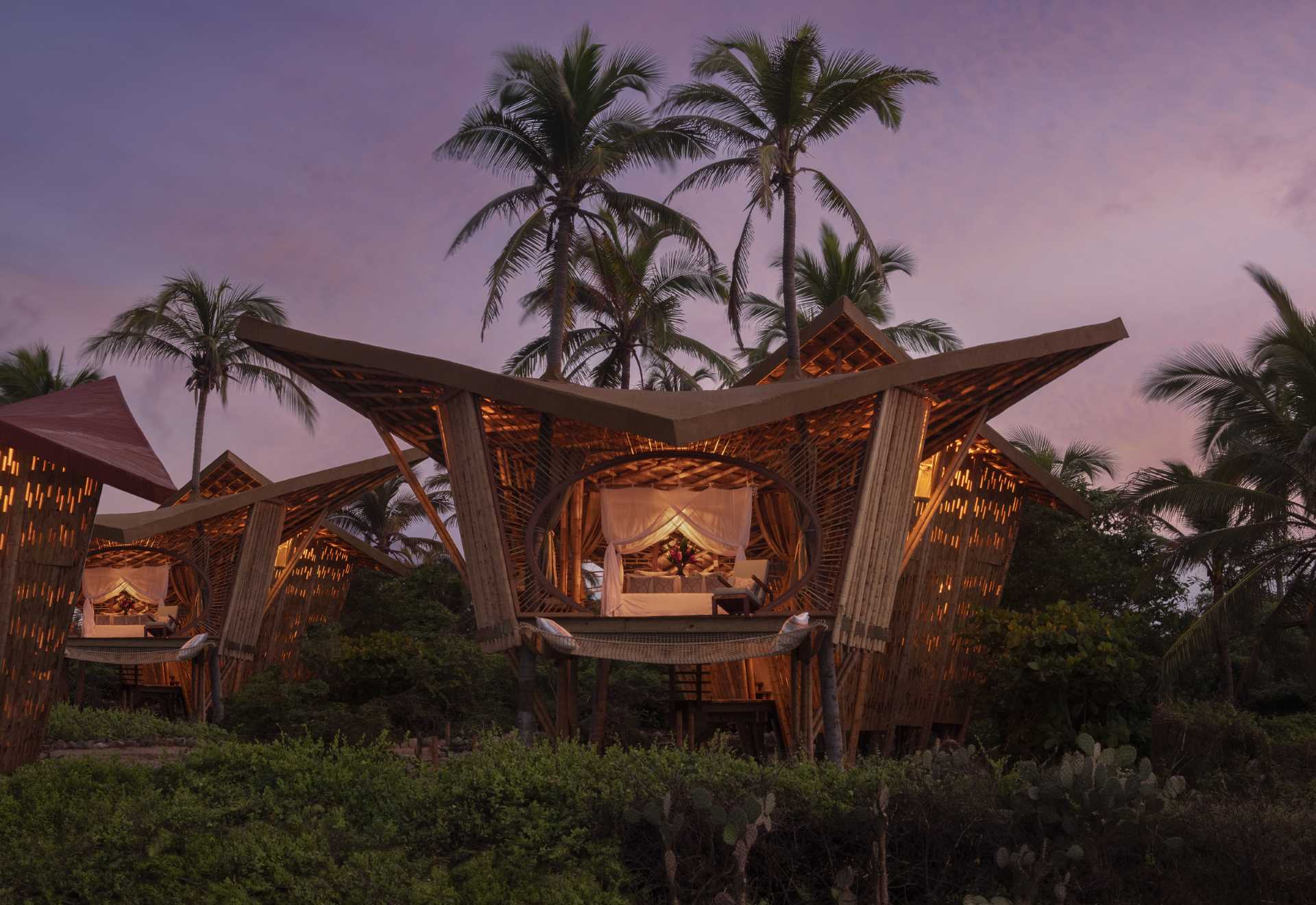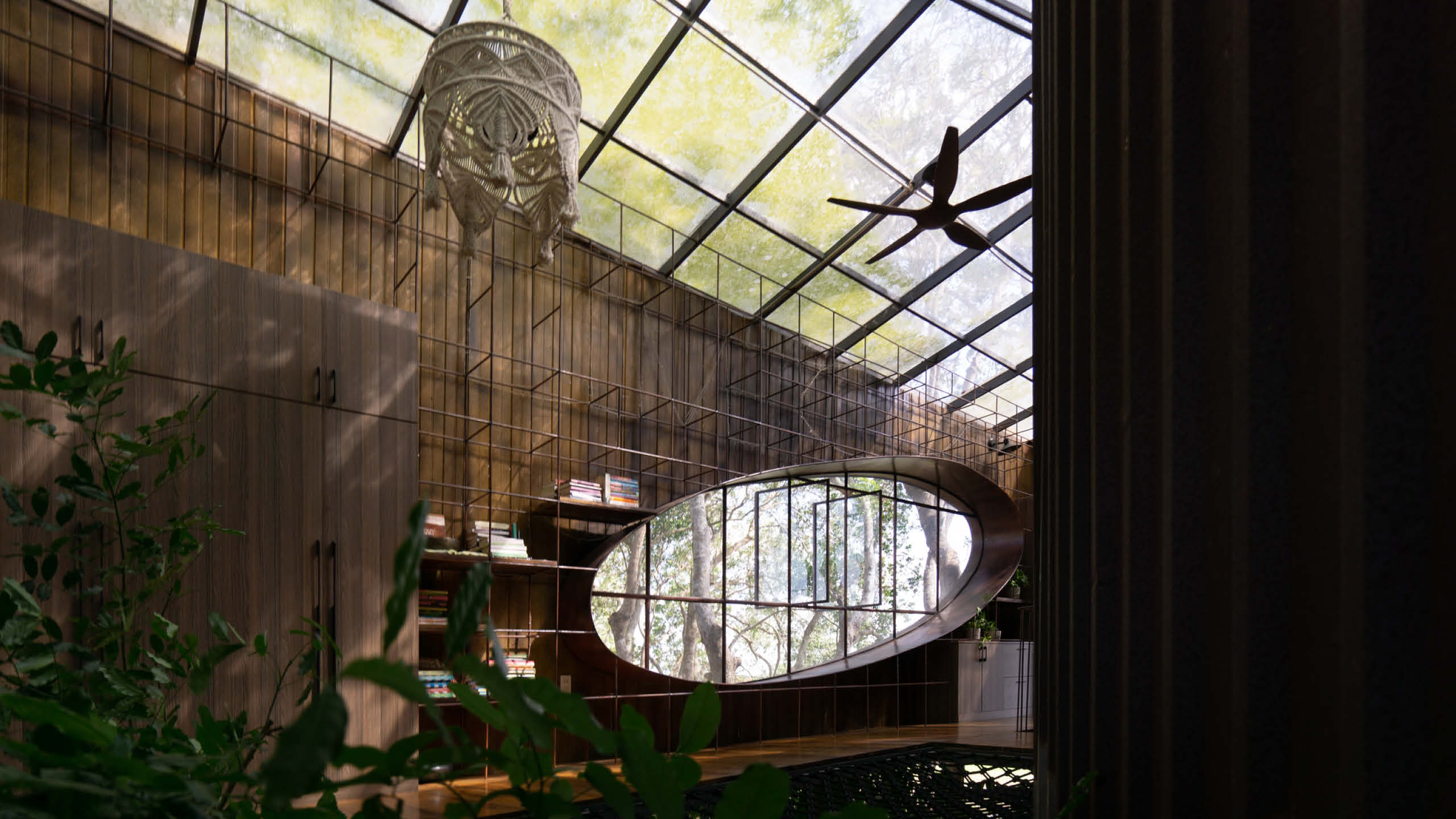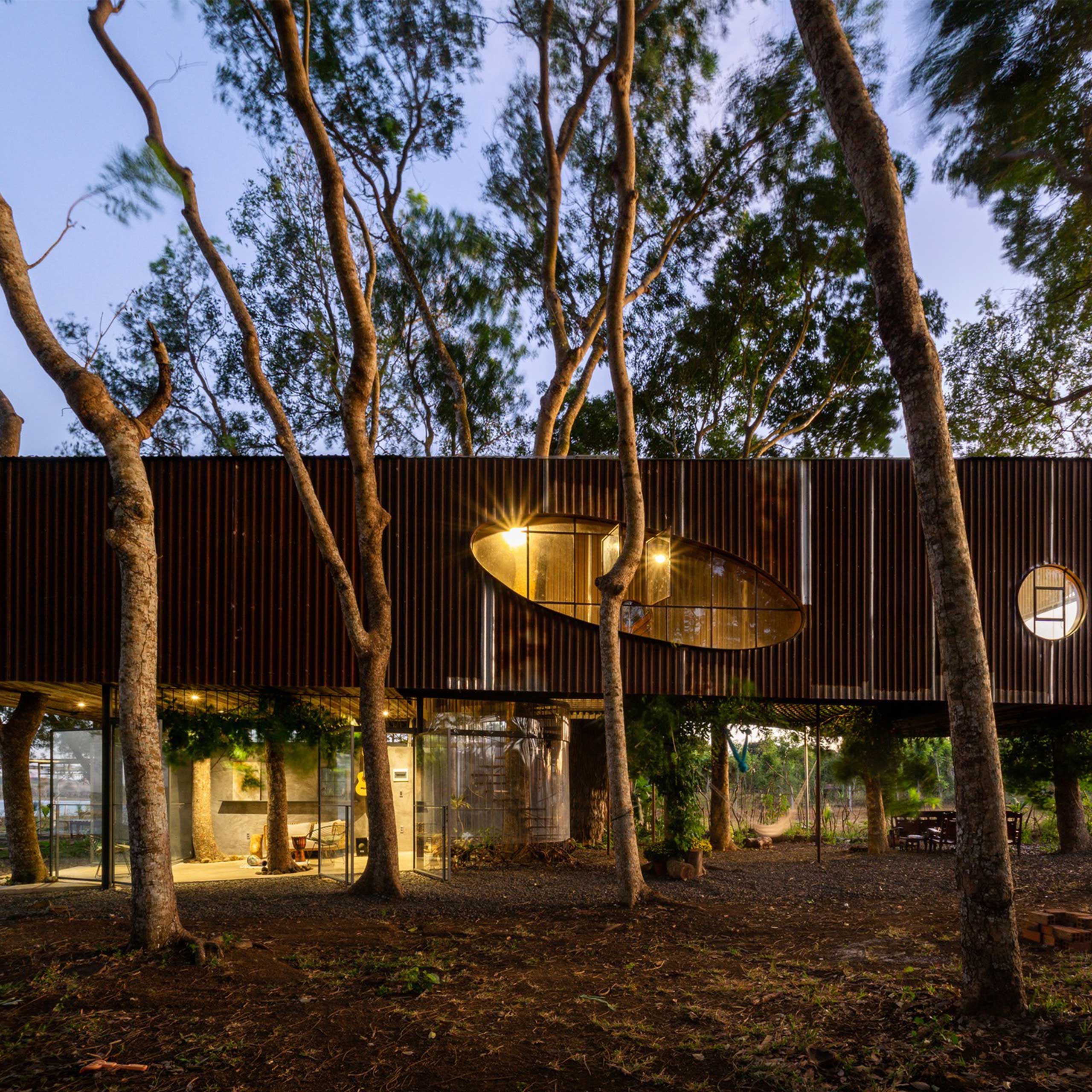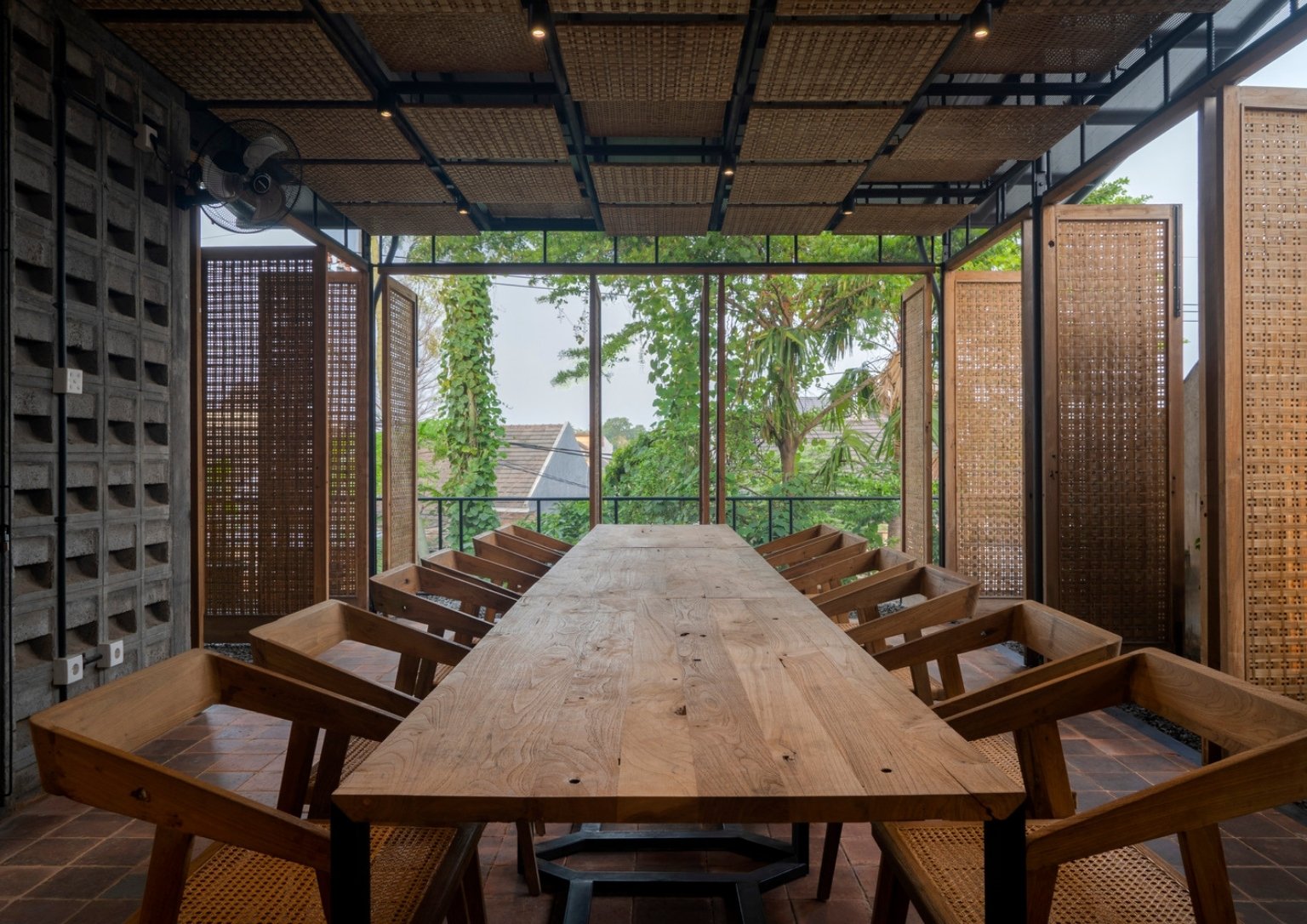
Nurture a Greener Manila Urban Life with Biophilic Design
People want a shot of nature in their surroundings. Even when it’s in a highly-urbanized area, studies like ones that come from the U.S. National Institute of Health show the importance of green spaces for a person’s mental and physical health. Usually, the typical methods have been creating accessible parkland. However, in recent decades, biophilic design has come into the forefront as a creative way of getting green spaces into an urbanized space.
Biophilic design comes from the original idea of “biophilia,” credited to Edward O. Wilson from his 1984 book of the same name. It’s the belief that a human being’s continued connection to nature is necessary for that person to have a holistic existence.
Biophilic design extends that idea to the way we build things. Do we force a sharp divide between the modern and the natural world? Or do we find a way to include those designs to our day-to-day life?
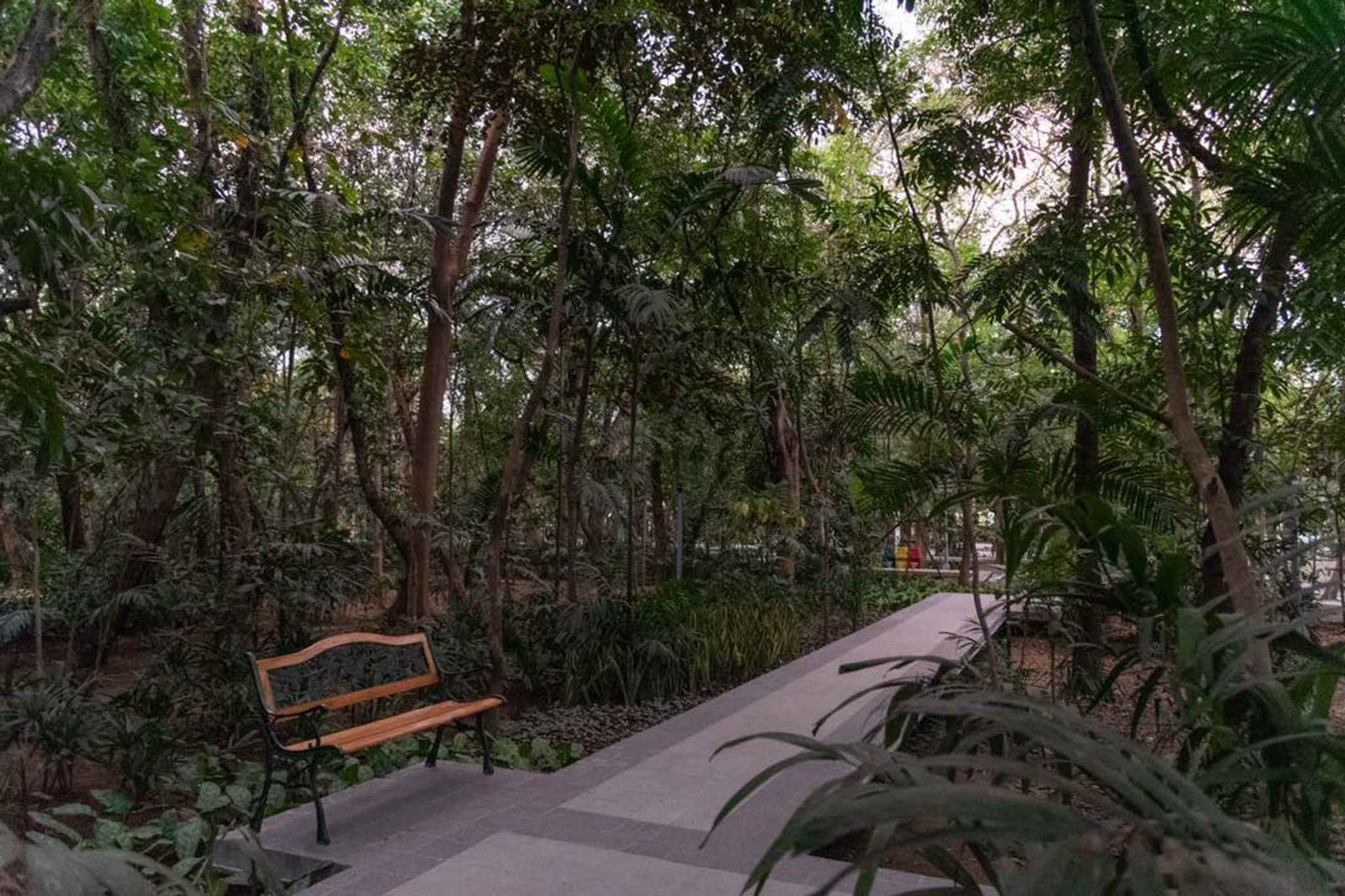
Parks seclude and preserve a big parcel of land in the city and use it as green space. Biophilic design goes one step further and looks to integrate greenery into a space’s design.
Reframing How We Engage Our Spaces
Biophilic design as an idea sprang forth from an increasing need for environmentally sustainable ideas and designs in our modern-day buildings. Certain designs would do no good to a changing global climate. Thus, biophilic design also aims to integrate ample amounts of sustainable materials to ensure that a building won’t be carbon intensive in its use.
Stephen R. Kellert and Elizabeth F. Calabrese’s The Practice of Biophilic Design talks strongly about the way we design spaces in modern times as creating an “increasing disconnect between people and nature in the built environment.” Whether it’s the way many buildings lack natural lighting or how many buildings are confined from the outside, how we design our spaces discourages a connection to nature.
Biophilic design blurs and dismantles whatever strong defined lines there are between nature and modernity. It integrates natural elements into the design of the buildings. Instead of imposing and shut-off buildings, biophilic design encourages playing with elements like natural lighting, water, plant life, and animal life.
It might not even necessarily include those elements in reality; but it invokes those ideas in a grand scale. Some ideas like animal art designs on the walls or a free-flowing, well-lit lobby for people to go through project an element of naturalness to the project.
Biophilic designs also encourage ideas like walkable buildings versus a car-centric design as well as more open spaces integrated into an area. It puts the action of the person into the forefront of how we interact with our surroundings, actively engaging with the world instead of passively behind closed walls.
The Psychological Component of Biophilia
What is more important than the material used in a design? The pattern used and the emotion it evokes to the people residing. As biophilic design became more popular, the question becomes how can we invoke the biophilic part of ‘biophilic design,’ i.e., how can we emulate nature in our buildings?
A combination of psychology, biology, and other sciences inform how patterns of biophilic design can effectively create comfort and connection with nature. It’s elaborated further in “14 Patterns of Biophilic Design,” but the core ideas are grouped into three:
- Nature in the Space, or how much nature is used in the design;
- Natural Analogues, or how the design adheres with natural patterns;
- Nature of the Space, or how the elements are combined together.
Combined, it creates an effect of connecting people with nature in its very context. It shows how we evoke and connect people with experiences through facsimiles: “even better than the real thing,” as U2 once sang.
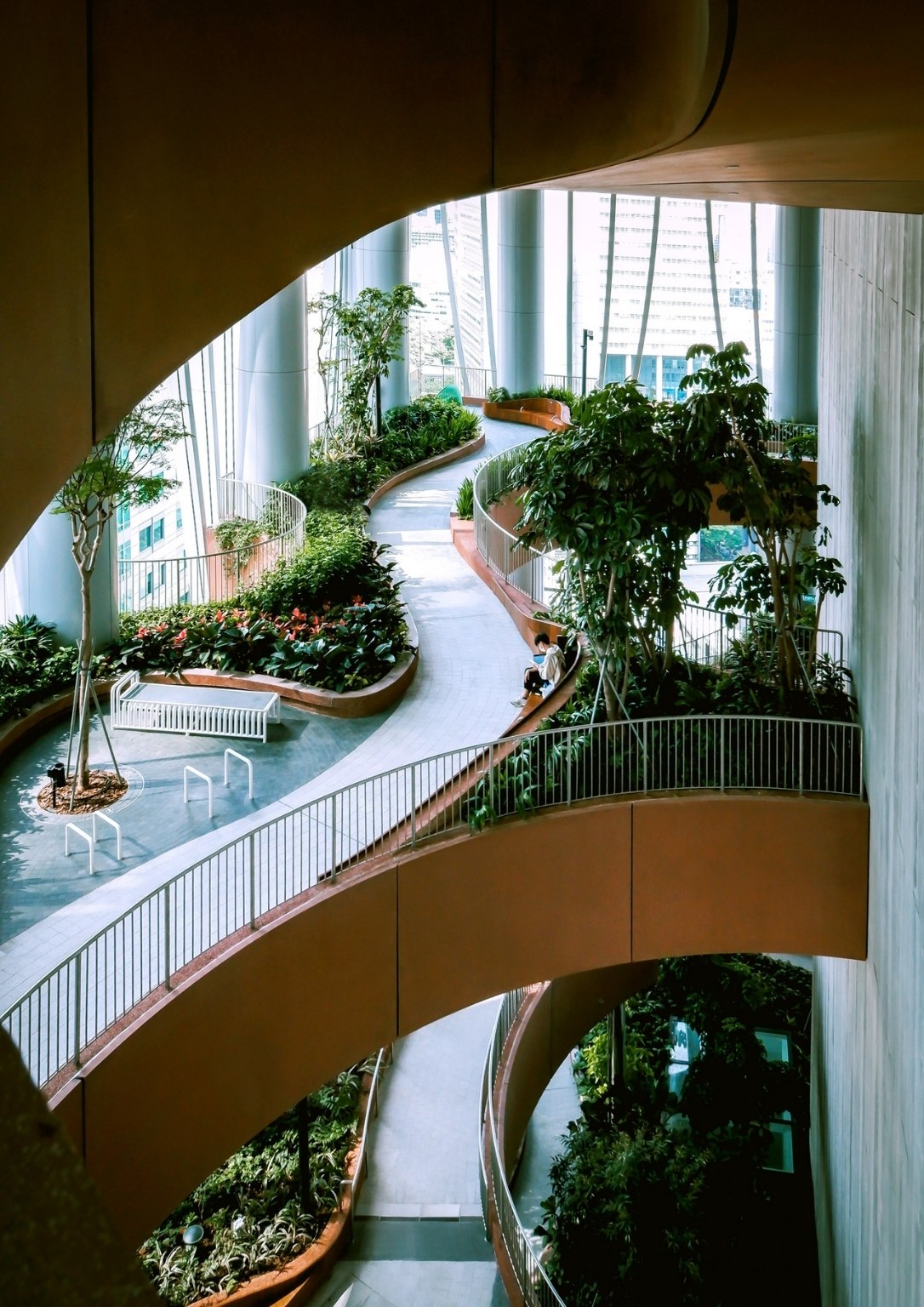
Biophilic Design: Modern-Day Hanging Gardens of Babylon
The Philippines has been a great testing ground for biophilic ideas, with many developers embracing the blurring of modern architecture and nature in interesting ways. While there are a variety of designs that you can point towards, many architects in the country seem to be inspired by buildings and structures like the Hanging Gardens of Babylon or rice terraces—a staggered approach to invoking nature in man-made structures.
Mostly you can see this in giant establishments like malls and offices around Metro Manila. One of the most prominent examples of this is The Podium in Ortigas Center. Its design features a large-scale vertical garden surrounding the lower parts of its building that creates this ziggurat-styled look with the greenery hanging off of it.

The Rockwell Business Center in Ortigas Avenue or the NEX Tower in Makati integrates the principles of biophilic design into the buildings themselves. Both establishments have large communal areas with greenery, with a lot of fresh plant and animal life reminiscent of a small park area.
Internationally, there are interesting trends to note on how other countries approach biophilic design. Singapore, for example, has the Supertree Grove, which consists of giant artificial trees with vertical gardens. It’s a tourist attraction that shows the possibilities with biophilic design in the future.
Living Outside the Box
In urban spaces, the use and evocation of nature can be the line between a healthy mental state and an unhealthy state of mind for someone. It’s the difference between feeling at home and feeling untethered to reality. Designers want to evoke more than splendor: they want to evoke ‘home.’
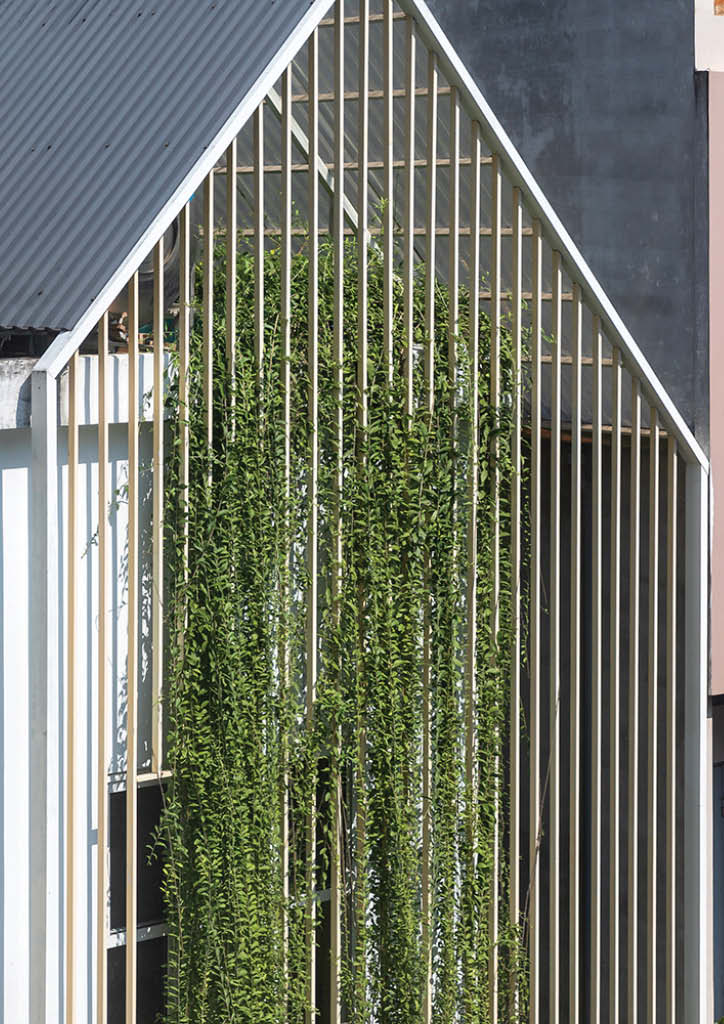
Biophilic design is still very much an emerging concept, open to more experimentation and playing around with concepts inside and outside nature. How we utilize this concept in our cities may become the linchpin in designing accessible, livable spaces in our urban jungle.
Related content: Indonesia’s Biophilic Office: A Step Towards Employee Welfare
